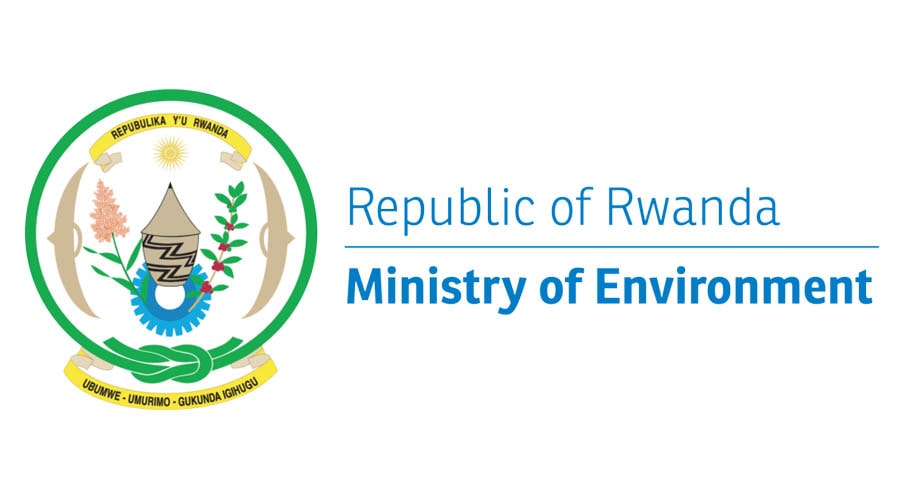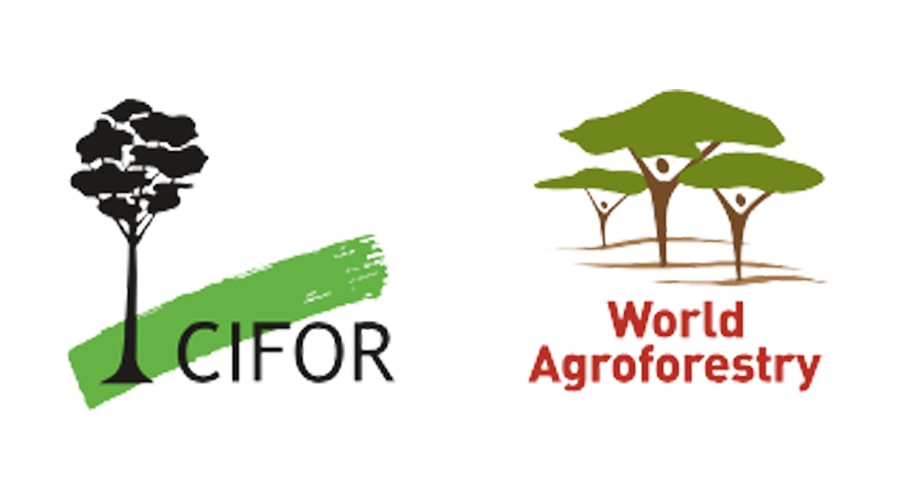🔔 EARLY BIRD REGISTRATION EXTENDED until June 30, 2025! 🔔
Welcome to the
6th World Congress on Agroforestry
COUNTDOWN
Don’t miss the 6th World Congress on Agroforestry
Days
Hours
Minutes
Seconds
#WCA2025
World Congress on Agroforestry
The 6th World Congress on Agroforestry will be held in Kigali, Rwanda from 20 – 24 October 2025 under the theme Agroforestry for People, Planet, and Profit. This global event brings together agroforestry stakeholders to advance research and practices in sustainable land management, climate change adaptation and mitigation, and resilient agro-ecosystems.
Congress Thematic Sessions
ABOUT THE CONGRESS
The 6th World Congress on Agroforestry
The World Congress on Agroforestry is an international event that brings together different stakeholders in agroforestry to exchange on the advancement of research and practices in agroforestry systems, natural resource management, and climate change adaptation and mitigation for sustainable and resilient agro-ecosystems.
Under the main theme, Agroforestry for People, Planet & Profit, the 6th World Congress on Agroforestry 2025 will take place in Kigali, Rwanda, from 20 – 24 October, 2025, will bring together leading experts to share their latest research, innovations, and practices in the field of agroforestry. And the congress organizer is pleased to inform you that the abstract submission is now open until May 31, 2025.
Farmers, researchers, advisors, policymakers, and representatives from governments, the civil society and the private sector from all over the world are invited to submit their abstract of recent research, development project or innovative field work findings for either a poster or oral presentation to support a free-flowing discussion on cutting-edge agroforestry research and best practices.
This 6th World Congress on Agroforestry will brainstorm impressive conditions on how to use trees to boost the incomes of ever-growing smallholder farmers, as well as bring solutions to numerous ecological, social, and economic needs and challenges in agroforestry.
Featured Speakers
Éliane Ubalijoro
Chief Executive Officer, Center for International Forestry Research and World Agroforestry (CIFOR-ICRAF)












